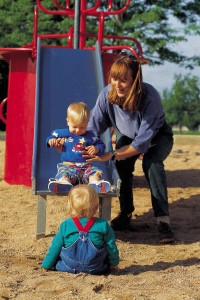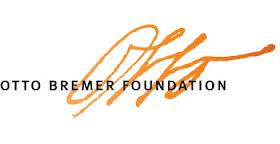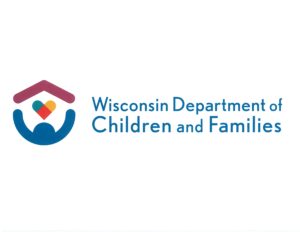Find Child Care
Are you looking for quality child care?
You are not alone! Choosing child care is one of the most important and difficult tasks a parent must face. Your child’s happiness and your peace of mind are important to us. Please read the information below about finding quality child care and feel free to call with any questions at 800-733-KIDS.
Types of Child Care

FAMILY CERTIFIED CHILD CARE – May care for up to 3 children in addition to relative children, for a total group of 6 children under 7 years of age, in their home. Provider’s own children over 7 years of age do not count toward the group total of six. These providers are regulated through the county. There are two levels of certification:
- REGULAR CERTIFICATION- Providers have met all certification standards and have completed 15 hours of approved child care training. They are reimbursed at a higher level than the provisional certification.
- PROVISIONAL CERTIFICATION – Providers have met all of the certification standards, but have NOT completed 15 hours of approved child care training. They are reimbursed at a lower rate than the regular certification.
FAMILY LICENSED CHILD CARE – May care for up to 8 children in their home. The provider’s own children under age 7 years ARE included in the total count of 8 children. These providers are regulated through the state.
GROUP LICENSED CHILD CARE CENTERS– Are those serving 9 or more children, usually in a center. These providers are regulated through the state.
Keep in mind that CERTIFIED AND LICENSED CARE GIVERS are persons trained in child growth and development. These providers are child care professionals and should not be thought of as “babysitters”. Anyone caring for 4 or more children under the age of 7 MUST be licensed by the State of Wisconsin.
The Five-Step Plan to Identify Quality Child Care
- LOOK. Begin by visiting several child care homes or centers. On each visit, think about your first impression, but don’t stop there. Does the place look safe? Do the care givers or teachers enjoy talking and playing with children? Do they talk with each child at the child’s eye level? Are there plenty of toys and learning materials within a child’s reach? Plan to visit a home or center more than once and stay as long as possible to get a good idea of what care would be like for your child. Even after you start using a child care, keep visiting and checking it out.
- LISTEN. How does the child care setting sound? Do the children sound happy and involved? Do the teachers’ voices sound cheerful and patient? A place that is too quiet, may mean that not enough activity is taking place. A place that is too noisy may mean there is a lack of control.
- COUNT. Count the number of children in the group, then the number of staff people caring for the children. Obviously, the fewer number of children for each adult, the more attention your child will get. A small number of children per adult is most important for infants and young children. (A child care resource & referral counselor can tell you about recommended staff-child ratios.)
 ASK. The knowledge and experience of the adults caring for your child are very important. Find out about the special training they each have. Ask about the background and experience of all staff: care givers, teachers, and the program director. Ask the same questions about any other adults who will have contact with your child in the home or center. Quality care givers / teachers will be happy to have you ask these questions.
ASK. The knowledge and experience of the adults caring for your child are very important. Find out about the special training they each have. Ask about the background and experience of all staff: care givers, teachers, and the program director. Ask the same questions about any other adults who will have contact with your child in the home or center. Quality care givers / teachers will be happy to have you ask these questions.- BE INFORMED. Find out more about efforts in your community to improve the quality of child care. Is your care giver involved in these activities? Has your child’s care giver achieved accreditation or completed training that exceeds minimum requirements?





